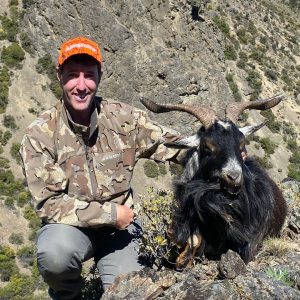"We've got ewes in good condition out there coming into mating that cannot afford to be losing condition," Trevor Cook, Totally Vets, told farmers at a recent Beef + Lamb New Zealand field day at Pahiatua, Northern Wairarapa.
"So we've got to be sure that those ewes continue to remain in good condition and don't start dropping back coming into mating. We've got to be aware that there's a lot of rubbish in the pastures that are harbouring fungal toxins which can have a negative effect."
Ten days either side of mating are critical to the outcome, he stresses.
With a reasonable expectation of more multiple-carrying ewes, there also needs to be a focus on how to manage feed supply to get them through closer to lambing.
Identify key dates when feeding can be constrained, or stepped up, and plan accordingly, he urges.
For a couple of months post mating, feeding to maintenance or even a little below is fine assuming ewes are in good condition, so some pasture cleanup work can be done by the flock.
But he warns to set a date before lambing when multiples must be fed to maintain condition and meet their growing energy demand.
Skinny ewes should be taken out of main mobs where they may be under pressure and allocated more feed.
"This means that they can be genuinely eating good quality feed. And this should be complemented by a worm drenching programme."
While Cook agrees long pastures usually mean less of a worm problem, worm larvae aren't necessarily all hiding at the bottom of the pasture, so the challenge can still be there.
"They are distributed through the pasture to
try and increase their chances of being consumed and so animals
can certainly encounter a lot of worm larvae even if they are eating high covers."
















